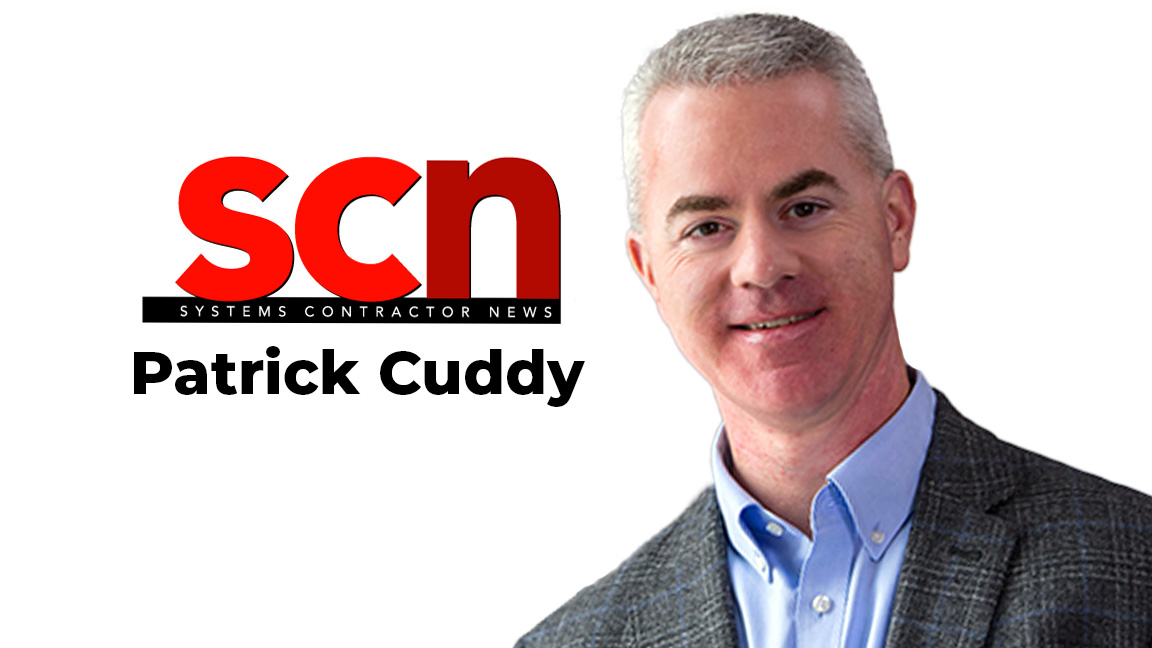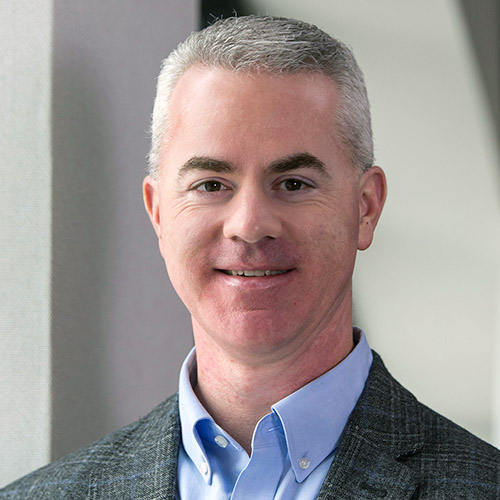We are amid global change. We can either collectively adapt or choose to ignore it, but environmental change is happening. But can one person make an impact?

The answer is a resounding yes. Think about the success of household names like Tesla, Virgin, Google, Meta, and Apple? Or our own industry giants like Crestron, Shure, Diversified, or AVI-SPL? Each of these companies started with an individual’s idea and grew into what we know today. The people leading during those early days were filled with the ambition to do something different and push forward.
I point this out because sometimes we join an industry at the point where big companies are household names without knowing the legacy of effort required to make them so. Sometimes, we see success and don't know what made it happen, so we may just accept it or expect it.
Yet, it is often the result of years of little wins that coalesce into something greater than the sum of its parts. Think of the Sphere in Las Vegas or any amazing immersive experience you have seen. There is no one thing that makes the impact—it's all the "one things" together.
Little Impacts
Back in 2017. I joined the AV industry from the outside with a fresh set of eyes, a broad and diverse skillset, and a background in electrical and industrial environments. I heard these leading company names and accepted their greatness. Years later, I have learned that a series of little impacts are what helped make them (and continue to make them) great.
The way forward is to simply start. Challenge the system and your teams to find ways to use less energy or improve product transparency documentation.
My journey to immerse myself in this industry involved a lot of learning. I was fortunate to have someone who believed in my core skills enough to take a chance on ambition and grit, to help them build something new. But I realized that to be successful it was going to take more. So, I asked a ton of questions, attended countless training courses, met a world of amazing people, and worked to obtain my CTS just so people would take my phone call.
Then it started clicking, so I continued to learn, and that led me to earning my LEED Green Associate from the U.S. Green Building Council (USGBC). That was the starting point to cultivating a new conversation in our industry, a meaningful step in my journey that has led to so many new experiences.
At InfoComm 2019, I hosted an accredited course on AV/IT design with LEED. What? A guy who came into an industry two years prior with no experience except wedding DJ work and the high school drama club was now teaching about blending technology and sustainability? Yes, it happened, and it is only due to many people who encouraged and trained me along the way.
Purposeful Actions
Now, less than a decade later, sustainability has become a main talking point. Bioplastics, life cycle, intentional re-use, and recycling are now being discussed in product design. Single use plastic is nearing its end-of-life, and we are talking more about how less energy equals less heat and what that means about the cooling needs of wherever our AV product sits now.
At InfoComm 2025, there was an entire learning track on sustainability. AVIXA has created the Sustainability Council, sAVe has been established for years, and major companies are now purposefully telling their sustainability story. They are taking purposeful action to reduce packaging waste, build e-waste recycling practices, change raw materials, and more to have a positive impact on future generations.
Customers are also getting involved. HETMA members, consultants, end users, and integrators are now asking manufacturers about corporate social responsibility (CSR) goals, e-waste, and recycling plans. The phrases cradle-to-grave and cradle-to-cradle show up in meetings that aren't talking about financial planning for children.
These steps forward in our industry are positive. Every step forward affects people: their experience, their quality of life, and their health. Every step forward also affects our planet: using fewer natural resources as well as creating less e-waste and toxic landfill environments. And every step forward affects profit: longstanding customer gains, potential for efficiency in supply chain, less materials needed for packaging, and much more.
How to Get Started
I see multiple individuals creating impacts every day. They are sometimes in a vacuum, sometimes in a group, but they are taking small steps to help change happen and lead us to a collective substantial impact.
The way forward is to simply start. If you are an integrator, ask one question about the sustainability of your manufacturer partner—packaging, pre-builds, kitting options, raw materials used—whatever fits your need. If you are a manufacturer, ask your suppliers about raw materials composition. Challenge the system and your teams to find ways to use less energy or improve product transparency documentation.
If you are an end user, expect and hold your partners accountable to be better. Communicate openly about your challenges and needs so integrators and manufacturers can partner with you to address them.
These impacts are not always achieved in a short time frame, but as an industry friend told me, "We’re doing this for future generations. It may cost us a little more today, but we are saving in the long run and that is the right focus. We’ve been sustainable since before sustainability was sexy."

